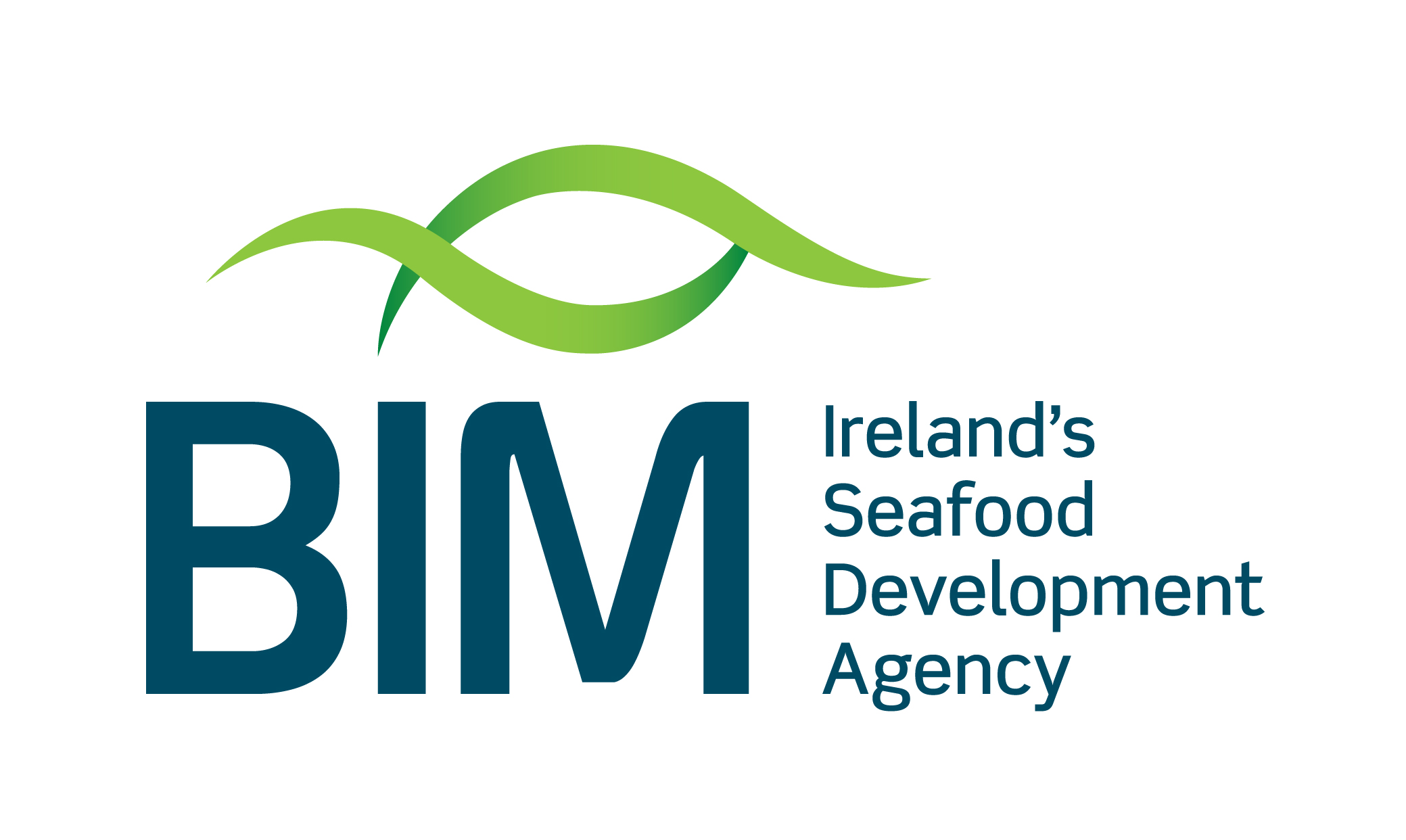The Skelligs Force Awakens
Star Wars is set to tread where no monks have tread since the thirteenth Century
The Skellig Islands, two of Ireland’s most distinctive landmarks will be beamed on movie screens across the world, for what will surely be a windfall for the County Kerry region. As we go to print, filming is taking place for Episode VII: The Force Awakens which is expected to hit movie screens on the 18th of December 2015. Little Skellig and Skellig Michael attract thousands of visitors every year and remain one of the most popular tourist attractions in Ireland.

Jutting out of the rough Atlantic waves 12 kilometres from shore, Skellig Michael, the larger of the two, contains the ruins of an early Christian monastery, which has been declared a UNESCO World Heritage Site. It is thought that it was founded some time in the 8th Century and was inhabited by monks until the 12th or 13th century. With over 600 steep steps, once you reach the top of the site, you can look around the stone beehive huts and the well-preserved ruins of the monastery.
It is the beauty of the site that is said to have attracted Lucasfilm to the site in 2014, where they shot for three days as part of the seventh instalment in the mammoth saga. It met with some resistance from conservation officers and bird watch groups who criticised the crew for filming during the nesting season for birds on the island.
The Skelligs are home to over 60,000 gannets, as well as a variety of other sea birds and Skellig Michael is the natural habitat for the puffin, manx shearwater and petrel birds. Strict environmental and ecological conditions were put in place to ensure there is no negative impact on the monastic island and its birdlife.
The monastic site is thought to feature as Luke Skywalker’s refuge in the movie and leaked footage online supposedly showed the hooded Jedi Knight,
portrayed by actor Mark Hamill, crossing the island’s rocky terrain and entering a dark cave.
Visitors can take a boat trip to the Skelligs and sail around the two islands. For those wanting to tread in the footsteps of the monks of St. Fionan’s monastery, who lived in the stone, beehive shaped huts, you can catch a boat to the island, climb the steps and imagine how the monks would descend
the steps early every morning and fish for the morning’s breakfast. The island is a place of pilgrimage since the monks left the island in the thirteenth century. Today it houses nothing but birds.
To see more articles from our friends on Go Wild Magazine click on Logo 









